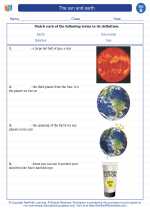The sun and earth -> hibernation
Hibernation
Hibernation is a state of inactivity and metabolic depression in animals, characterized by low body temperature, slow breathing and heart rate, and low metabolic rate. This phenomenon allows animals to conserve energy during periods of food scarcity, extreme cold, or drought.
Why do animals hibernate?
Animals hibernate as a survival strategy to cope with harsh environmental conditions. By entering a state of hibernation, they can minimize their energy expenditure and survive without regular food sources during winter or other challenging periods.
Which animals hibernate?
Many mammals, reptiles, amphibians, and even some insects hibernate. Examples of hibernating mammals include bears, groundhogs, and bats. Reptiles like turtles and some species of snakes also hibernate, while certain frogs and insects undergo a form of hibernation known as "diapause".
What happens during hibernation?
During hibernation, an animal's body temperature drops significantly, often approaching the temperature of the surrounding environment. Their heart rate and breathing slow down, and their metabolic rate decreases, allowing them to survive on stored energy reserves.
How do animals prepare for hibernation?
Prior to hibernation, animals typically consume large amounts of food to build up fat reserves, which serve as their primary source of energy during hibernation. They may also seek out secure, sheltered locations such as burrows, dens, or hollow logs to hibernate in.
Study Guide
- Define hibernation and explain its purpose.
- Identify at least three animals that hibernate and describe their hibernation habits.
- Compare and contrast the physiological changes that occur in animals during hibernation with their normal active state.
- Discuss the ecological significance of hibernation and its impact on animal populations.
- Explain the importance of food availability and fat reserves in the hibernation process.
Remember to include examples and illustrations in your study guide to enhance understanding.
[Hibernation] Related Worksheets and Study Guides:
.◂Science Worksheets and Study Guides Second Grade. The sun and earth

 Activity Lesson
Activity Lesson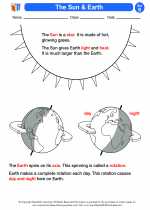
 Worksheet/Answer key
Worksheet/Answer key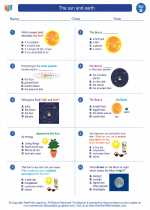
 Worksheet/Answer key
Worksheet/Answer key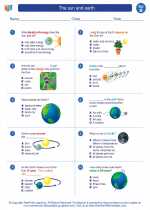
 Worksheet/Answer key
Worksheet/Answer key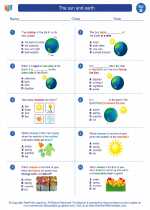
 Worksheet/Answer key
Worksheet/Answer key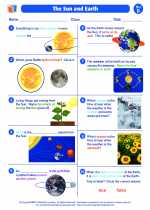
 Vocabulary/Answer key
Vocabulary/Answer key